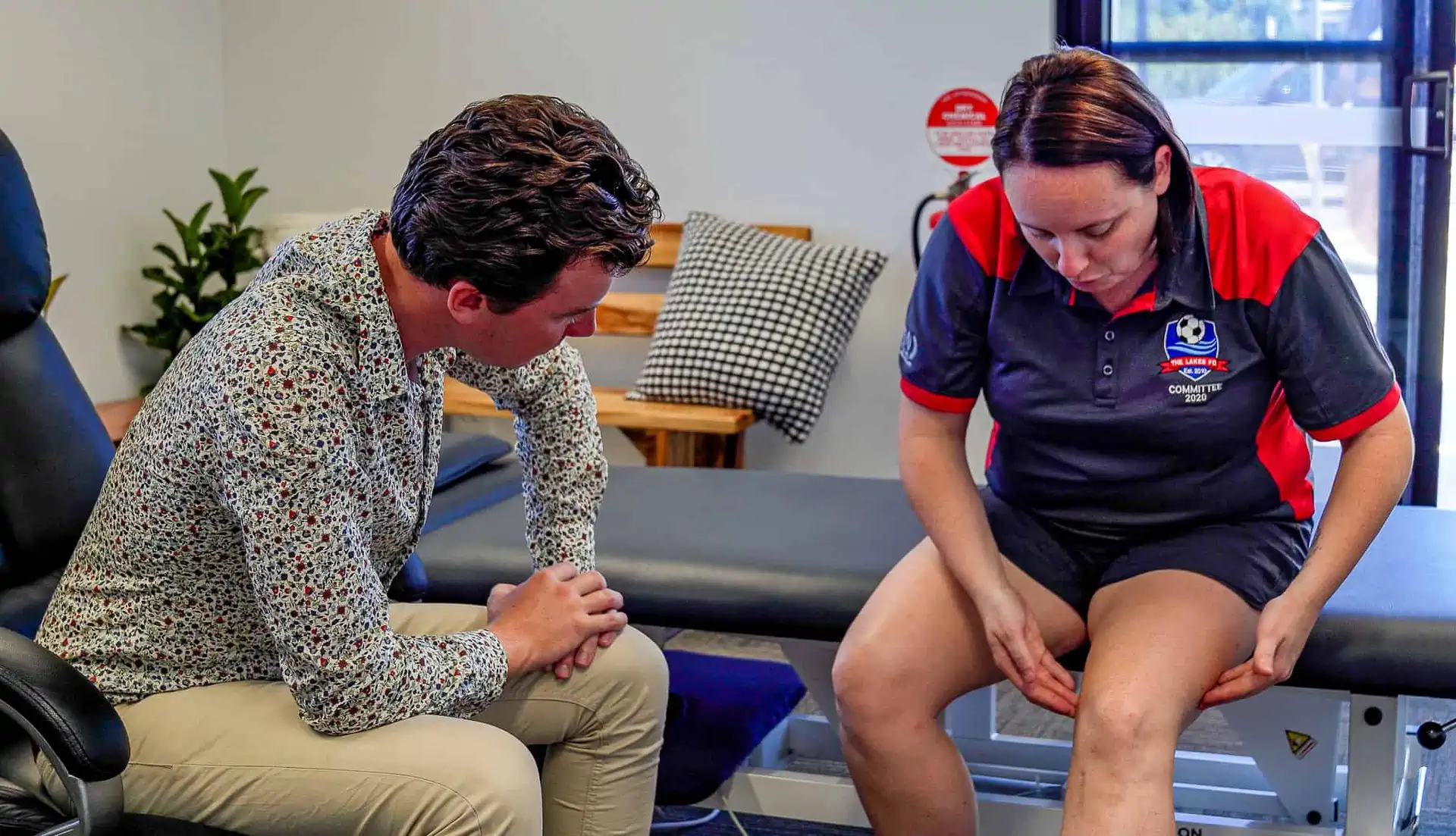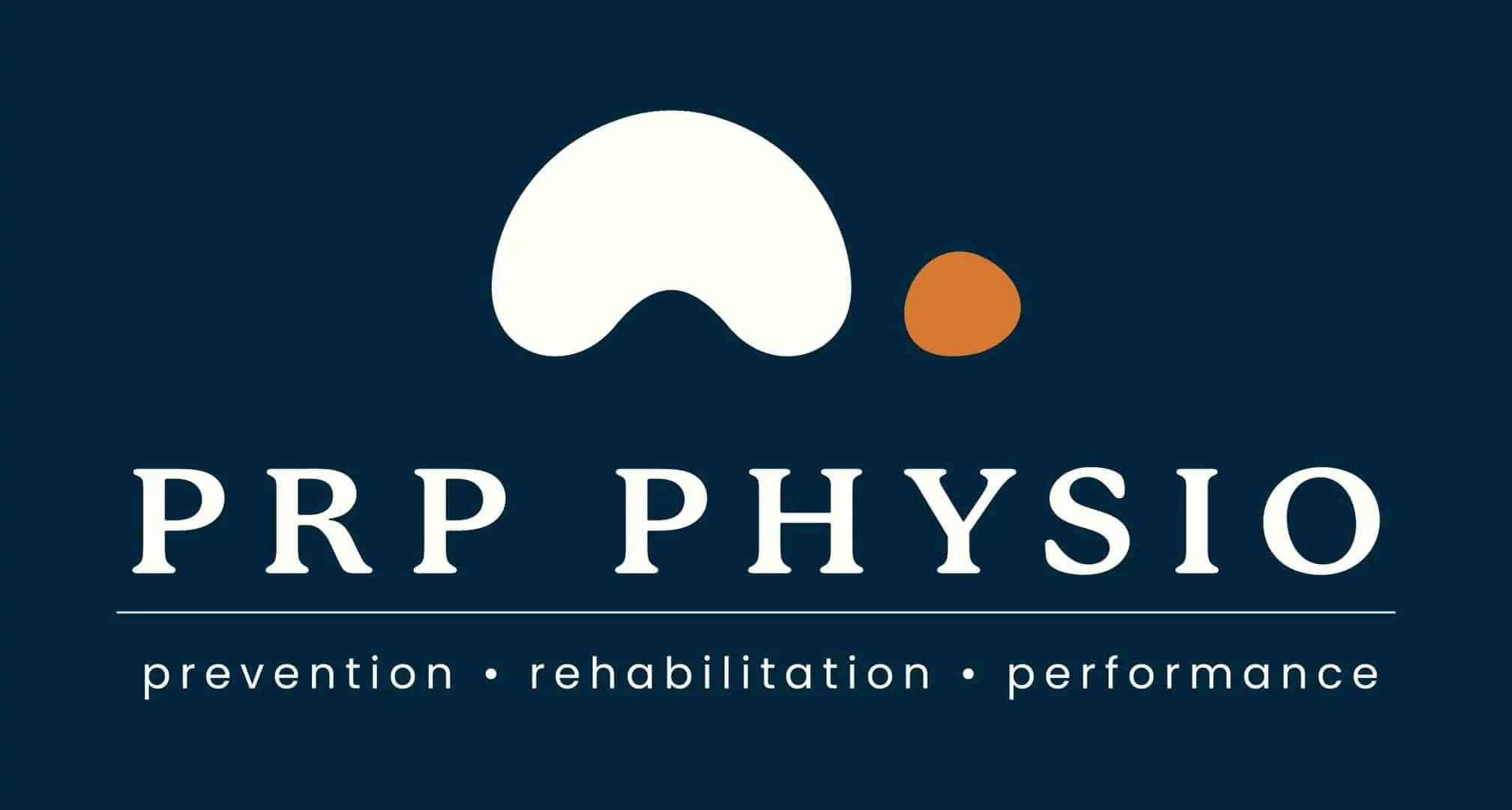
06 Apr Common Symptoms After ACL Injuries Plus What You Need to be Asking your HealthCare Provider
COMMON SYMPTOMS AFTER ACL INJURIES PLUS WHAT YOU NEED TO BE ASKING YOUR HEALTHCARE PROVIDER
In our first blog post regarding ACL injuries we covered why and how they typically happen along with the anatomy of the knee. In this post we will be talking about what you will typically experience with an ACL injury and how that may differ from other acute knee injuries such as meniscal tears or other ligament injuries. We will also be discussing what you should be doing in the first few days as well as important questions to be asking yourself and your healthcare providers.
Symptoms and Presentation
Most ACL injuries will present with a mechanism of injury, there has only been two cases that I have seen clinically where a client cannot recall the point in time where they injured themselves. The most common story will be, I was playing sport and I went to change direction and my knee buckled in underneath me, I felt/heard a pop sensation in my knee and an acute/sharp pain. Some people may attempt to play on or be able to play out the game but will describe a sensation of instability, weakness or giving way at the knee. Swelling will typically begin within the first 1-2hours and that night or the next morning there will usually be considerable swelling in the knee. Managing this swelling can be a key factor to maintaining range of motion in the early stage, utilise compression, elevation and ice as you feel you need and maintain activity within a comfortable level. Recent research has begun to identify that maintaining range or motion and muscle strength in the early phases of rehabilitation can have significant effects on your ability to return to your desired level of function.
Early Management
Crutches
Some clients will be able to weight bear comfortably whereas others will require the use of crutches, in most cases some level of support will be required to allow the knee joint to settle and reduce in irritability. The aim of crutches is to be able to maintain a normal walking pattern and movement mechanics rather than to simply reduce the weight. This is the reason I will typically encourage clients to utilise it until they feel they no longer require the support and are able to walk with a normal pattern.
Compression
Use of compression garments or bandages is recommended to reduce the gravitational effect of the swelling progressing from the knee down to the calf or ankle. Compression garments always need to go above and below the level of the swelling, always err on the side of caution as it is easier to make the bandage shorter and trim it to size. If you bandage is too short on either end you will create a pressure point where the swelling will build up and isn’t able to move above/below that point. Compression bandages should feel firm but not too tight, the aim is to compress the outer tissue layers, if it is too tight this will result in potential circulation issues.
Ice
Ice for acute injuries has begun to be debated quite hotly and whether there is any benefit in using it. The argument against the use of ice is that it restricts the blood flow to the region and reduces the bodies natural healing mechanism, whilst others will argue that the reduction in swelling to the region is beneficial as it maintains mobility. I believe that the use of ice still has a place in acute injury management but not specific to the management of swelling and swelling alone. I recommend that patients utilise ice post exercise in the early stages post injury to reduce any potential increase in inflammation. It can also be used in a situation where the knee has been used for an extended period of time – for example grocery shopping, to/from work on the train, clients will usually describe the knee as feeling throbby or achy and may be coupled with an increase in swelling and a warmth around the knee. These are the two situations that I believe ice is still beneficial, whilst it isn’t the be all and end all in acute injury management, I believe it still has a role in managing symptoms.
The key differences in the sequalae of an ACL injury is the pop sensation within the knee and the swelling onset within the first few hours. Early clinical assessment, particularly on the field directly after the injury has shown to have significant reliability in diagnosis of ACL injuries, as such utilise your team’s physiotherapist if they are available or a suitably qualified sports trainer if they have the knowledge and experience. Isolated meniscal tears will present with swelling onset 4+ hours post injury and will typically display a more isolated area of pain. If the medial meniscus is torn the pain will be more focused to the middle and inner side of the knee whereas a lateral meniscus injury will present to the outer side of the knee. MCL injuries may present with a similar mechanism of injury as an ACL injury but won’t present with the same level of diffuse swelling and onset will be 2-4+ hours post injury.
Key Questions to Ask your Healthcare Provider
Do I need Surgery?
When presenting to your local health care provider (GP or physiotherapist will be the two most common) there are key questions you should be asking them. The first question that clients will ask is “Do I need surgery?”, this is a very difficult question to answer in most circumstances as we are limited in what the research and evidence can tell us. Societal beliefs and common expectations would suggest that all ACL injuries should have surgery within the first two months, research has started to make us question this belief. Surgery is most likely to be beneficial when you have a “quiet knee”, this means no swelling, full range of motion and no strength deficits, in most clients this may be able to be achieved in 8 weeks but is most likely around 12 weeks post injury if you have early assessment and intervention. Currently there is no research that indicates surgical intervention is more beneficial than non-surgical interventions (rehabilitation and exercise), unfortunately this means the opposite is also true and I cannot say that non-surgical approaches are superior. Without research identifying one superior pathway over another I am inclined to recommend a non-invasive treatment pathway prior to an invasive technique. Even if you require surgery there are significant odds in your favour that you will recover faster and likely have a superior outcome than if you had early surgery.
Do I need a Scan?
Another common question will surround imaging and scans and whether they are necessary. Whilst scans can identify an ACL rupture, early clinical assessment is often just as accurate in diagnosis. Where they can typically play a role is in the diagnosis of injuries that may have other injuries associated with it, for example an ACL rupture, MCL strain and a medial meniscus tear, this can help to grade the associated injuries and complete the clinical picture to help your therapist and yourself understand the injury.
When can I…
Other questions to ask your healthcare provider in the early stages of rehabilitation will likely include; can I go to the gym, when can I return to higher level tasks such as running, at what stage should I consider a surgical opinion and what physical signs would I have at this stage and how long would you predict my recovery will be. Whilst there can sometimes be variation within these answers your therapist should be able to give you guidelines around what to expect and how your journey is likely to take place. It is important to keep in mind that each injury is different and the involvement of other structures such as a meniscus tear may mean your recovery will be different to an isolated ACL injury.
I hope that this blog can guide you how to best manage an ACL injury yourself within the first 24-48 hours or before you can see your healthcare provider. We also covered information surrounding the common questions clients ask and what you should be asking your healthcare provider. In the next post in our series we will be covering surgical and non-surgical management pathways, the pro’s and con’s of each and examples of which pathway may be more suitable for you.
Our third instalment of our ACL blogpost will be covering a hot topic in the ACL research and an area of strong clinical interest of mine. We will be discussing surgical and non-surgical management pathways of management, what the evidence says, the pro’s and con’s of each and the key considerations when making your decision.
